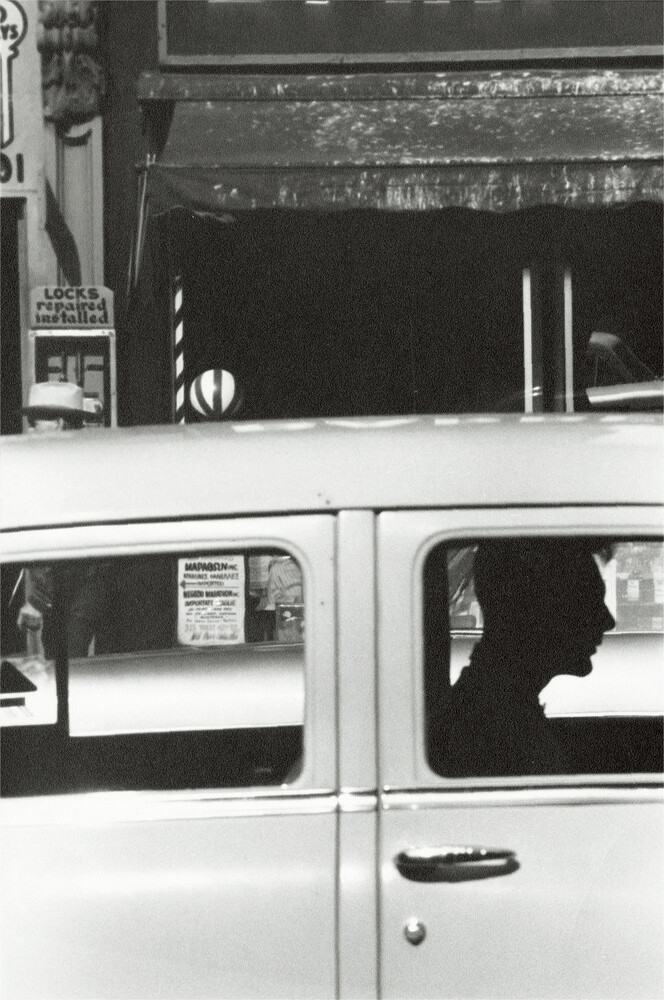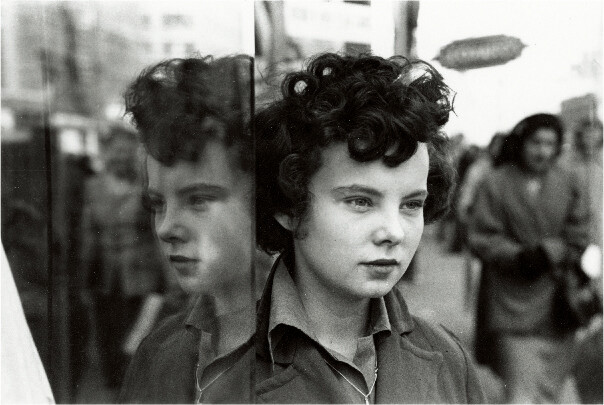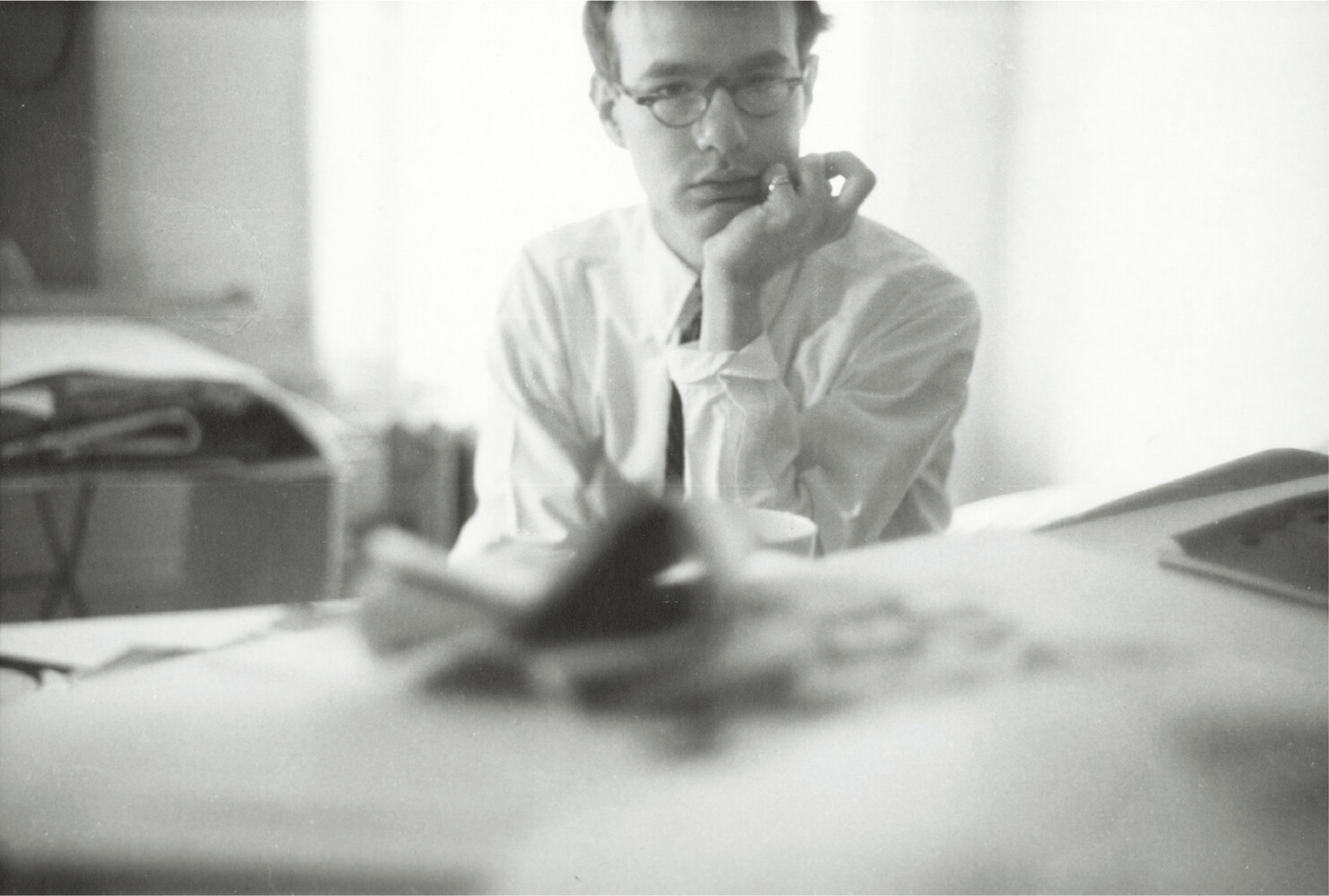SAUL LEITER: ORIGINS IN COLOR
HAPPENINGText: Alma Reyes
The enigmatic photographer Saul Leiter once remarked, “It is not where it is or what it is that matters, but how you see it.” This quote sufficiently summarizes the versatile artist’s life both as a photographer and painter, and his shrewd vision for capturing still moments – sometimes blurry and out-of-focus, or asymmetrical and dabbed in dark contrast – but always emitting depth and authenticity.
Now, over 400 of his outstanding works, both old and new (including recently discovered), and never-before-seen black-and-white photographs and gouache paintings are revealed to the public in “Saul Leiter: Origins in Color” at Shibuya Hikarie Hall (Planning and Production: Bunkamura) until August 23rd. For the first time, around 250 color slides flash in large-scale projections, carefully selected from a collection of approximately 11,000, many of which have been previously unreleased. This year’s exhibition is the third Saul Leiter showcase by Bunkamura, commemorating the artist’s 100th birth anniversary. The works are grouped according to Leiter’s monochrome New York street scenes in the 1950s to 60s, portraits of celebrity artists, fashion pictorials, color prints, and gouache and watercolor paintings.

Saul Leiter, Untitled, undated © Saul Leiter Foundation
At 23 years old in 1946, Leiter fled his hometown Pittsburgh to New York to pursue his passion in painting despite his father’s objection. The period, just after the war, brought Abstract Expressionism to New York, then bubbling with creative energy and alluring many ambitious artists that inspired Leiter to experiment with his camera as well. The black-and-white shots, much of which he printed himself, were mostly taken around his neighborhood in the East Village, which was home to many working-class immigrants. He settled in an apartment and studio on East 10th Street in 1952, where he had lived and worked for nearly sixty years until his last day. He preoccupied himself observing simple folks going about their simple lives, juxtaposing them against low-rise buildings or giant skyscrapers, inside cars and yellow cabs, rushing in metro stations, or caught under a rainy New York weather. He wrote, “I happen to believe in simple things and the beauty of simple things. I believe that the most uninteresting thing can be interesting.” The exhibition displays an installation of his apartment and studio, presenting some of his gouache works, slides, and old slide projector.

Saul Leiter, Untitled, undated © Saul Leiter Foundation
One monochrome photograph of a young girl gazing contemplatively, with her more subdued reflection against the glass, contrasts with the flurry of the passersby. Another illustrates a deep-tinted driver, almost like a shadow, inside a brightly lit car, with an obscure shop as background. Both images convey the conventional New York street life, painted with a certain breadth between silence and noise, and the movement of time between light and darkness.

Saul Leiter, Andy Warhol, c. 1952 © Saul Leiter Foundation
Leiter was surrounded by many avant-garde artists who flocked to New York for refuge and creative expression after World War II. His symbolic portraits of Andy Warhol, Robert Rauschenberg, Merce Cunningham, John Cage, W. Eugene Smith (who convinced him to pursue photography), Diane Arbus, Henri Cartier-Bresson, Thelonious Monk, and others, suggest the bursting dynamism of progressive art during that era. Concurrently, these high-profile figures introduced Leiter to the The New York School of Photographers, which further intensified his photography career.
Read more ...




